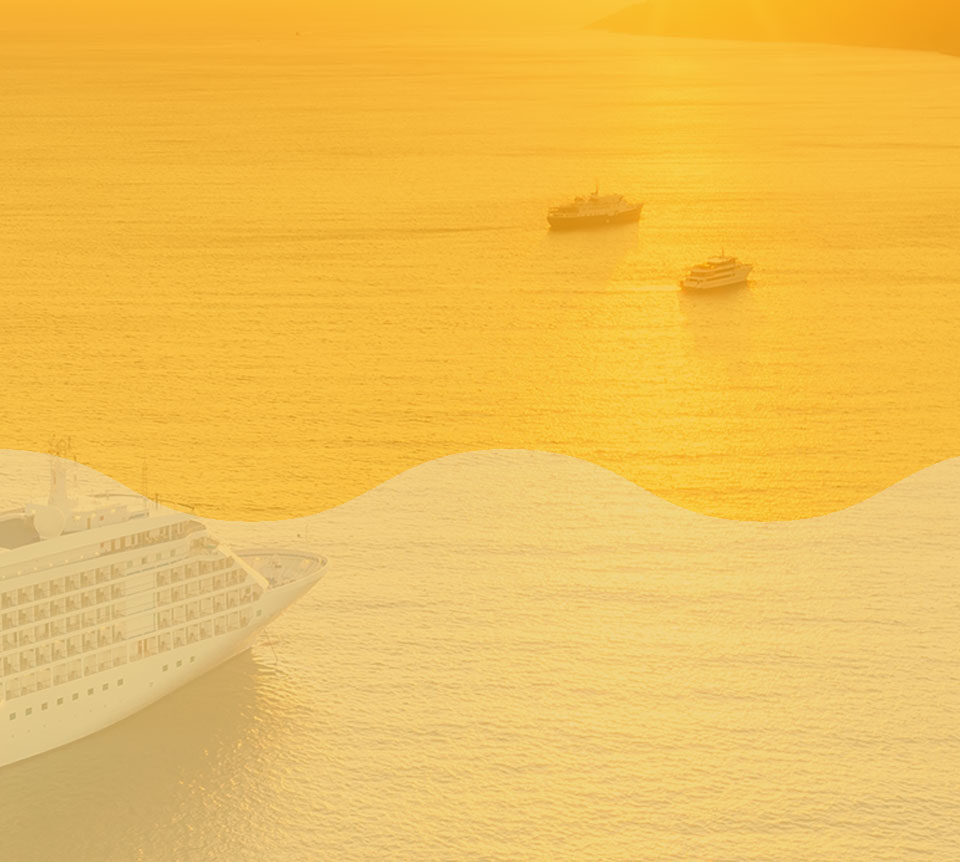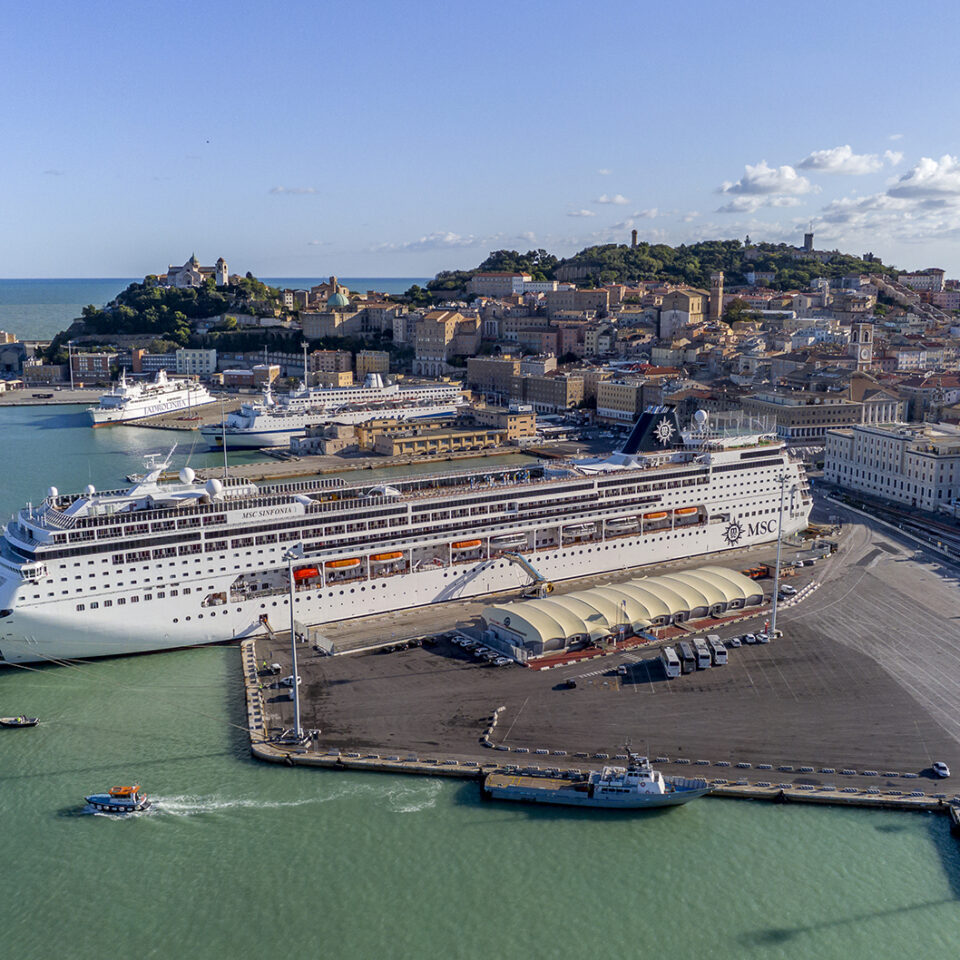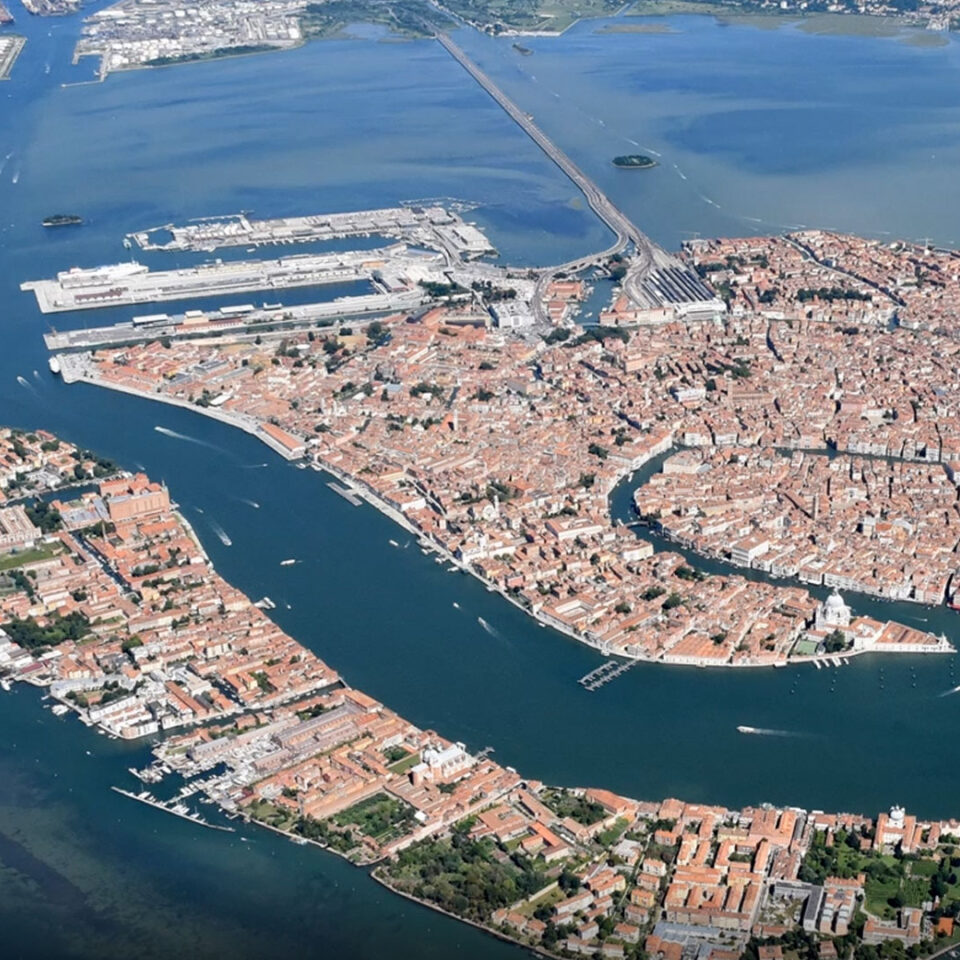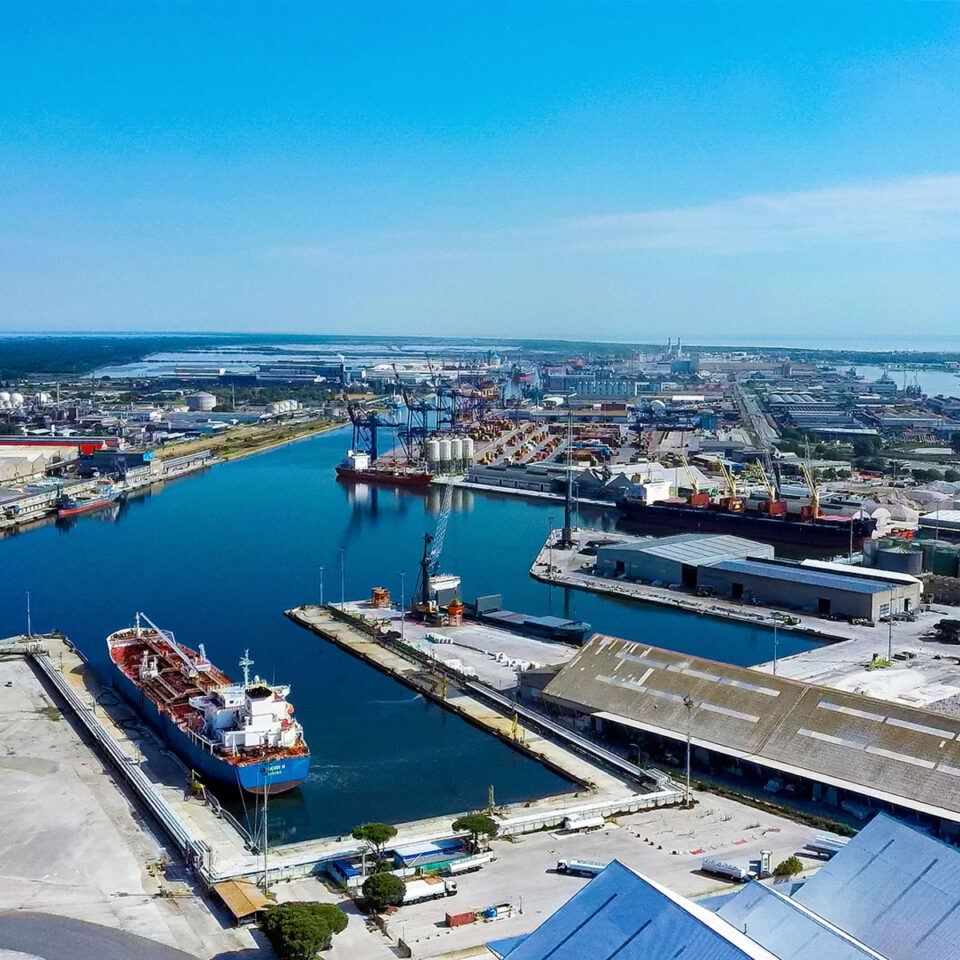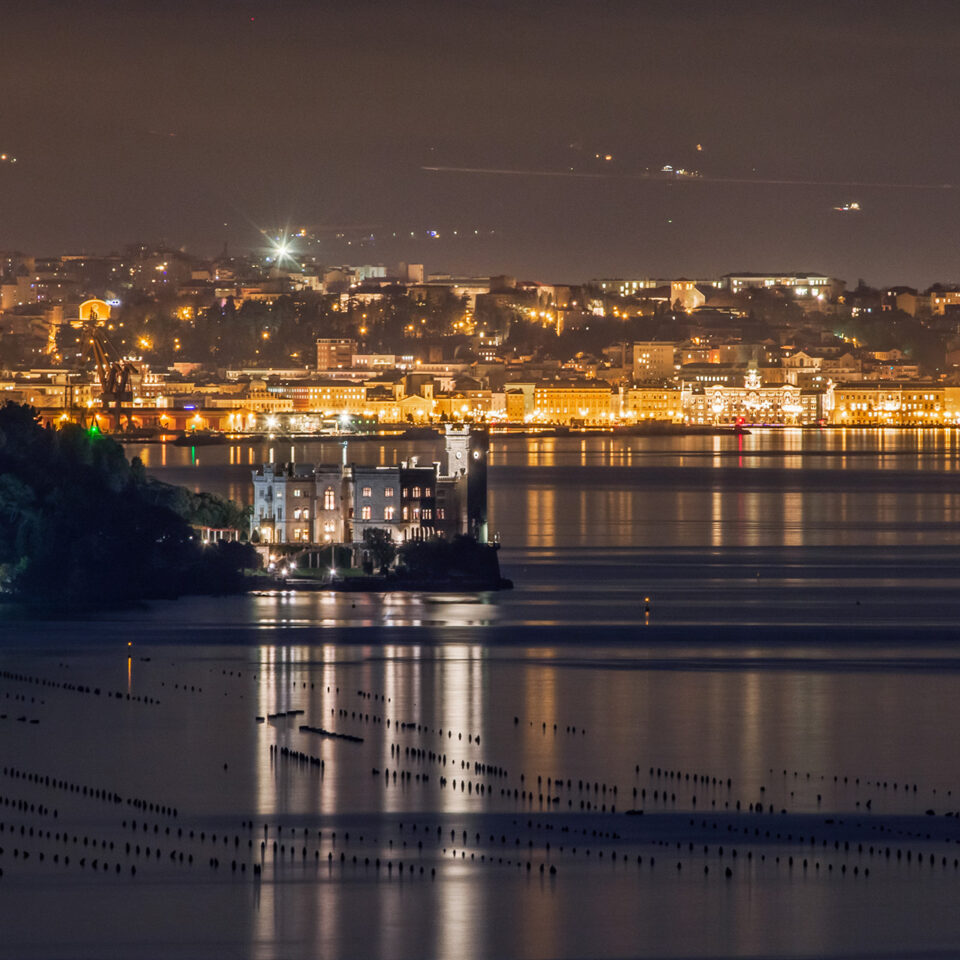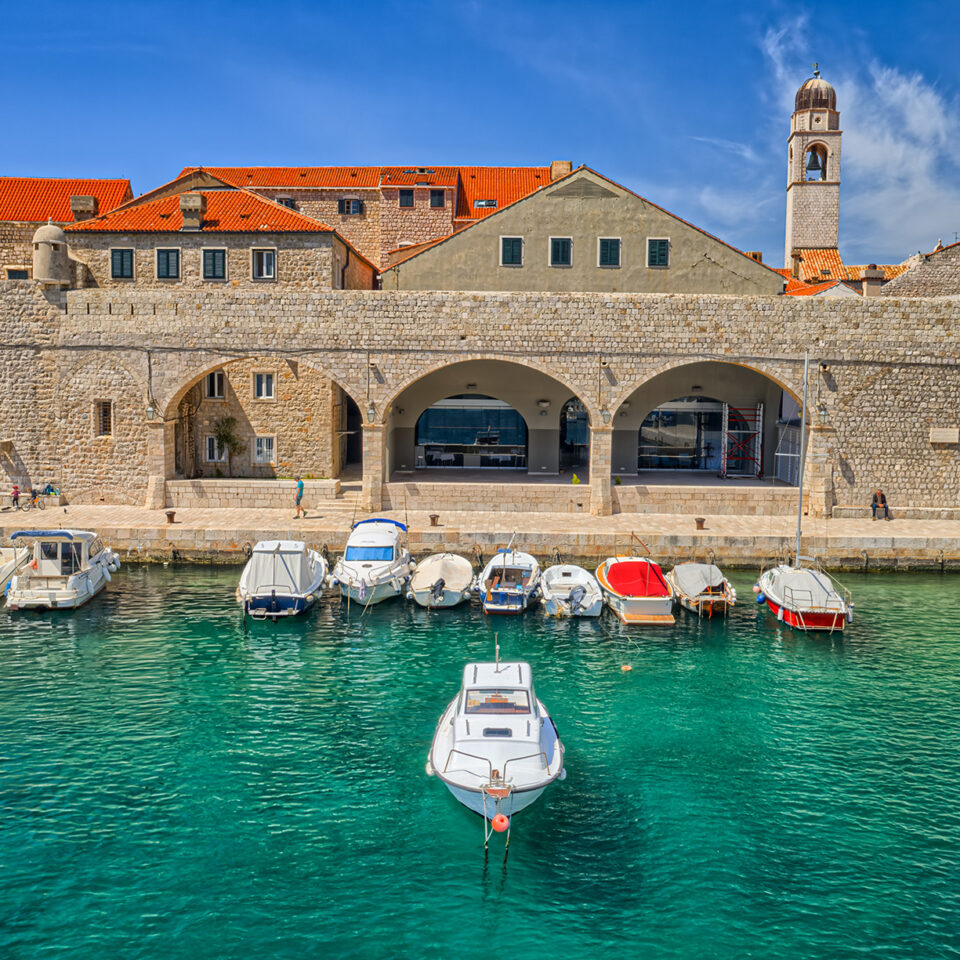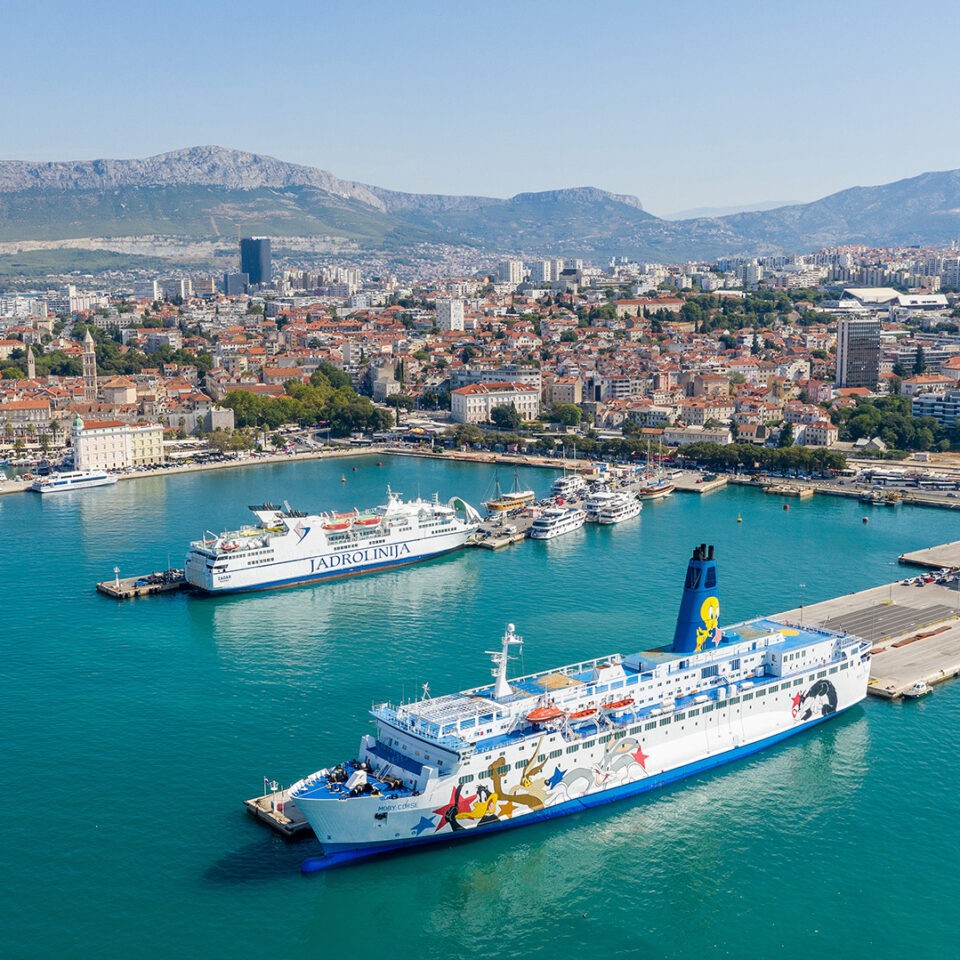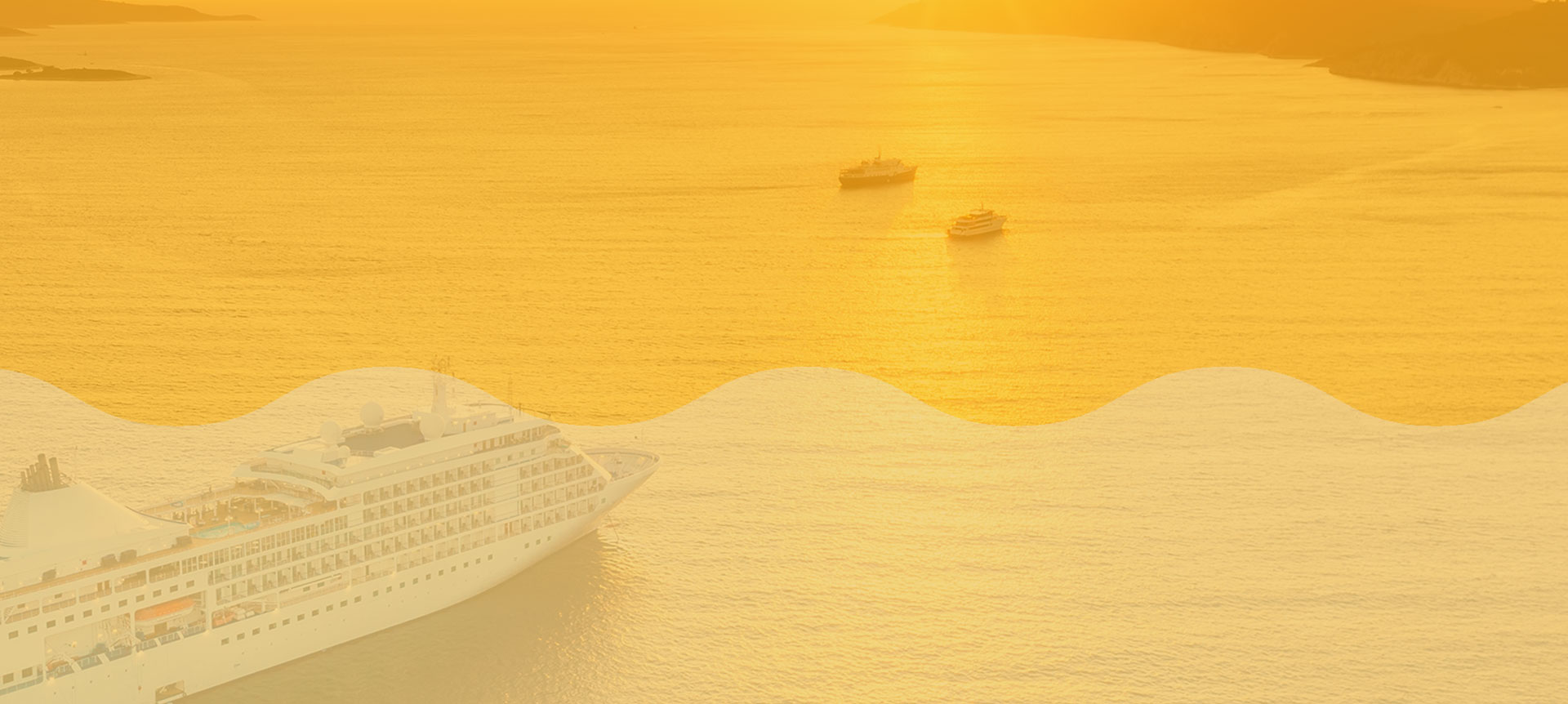

DUINO CLIFFS
The Duino Cliffs present themselves as a white limestone expanse of cliffs overlooking the sea.
107 hectares of karst landscape, easily accessible by walking on the famous path dedicated to the poet Rainer Maria Rilke, offer rich biodiversity. Fauna and flora reflect the characteristics of this particular area of the Karst, an area of transition between two regions, Middle European and Mediterranean. Squirrels, reptiles, royal hawks and sedentary birds, such as the herring gull, inhabit an area that transitions from forest to Mediterranean macchia. Here is the world’s only station of Centaurea kartschiana, or Karst cornflower, an endemic plant that grows on the part of the Cliffs closest to the sea.
But the main actor is undoubtedly the white limestone rock, which occurs with individual towers along the coast or with rocky outcrops along the ridge scratched by, for example, grooves, typical karst phenomena. The limestone of the Duino Crags dates back about 100 million years to the Cretaceous period. Shells of marine animals and mollusks deposited on the seafloor underwent the phenomenon of petrification and about 30 million years ago were uplifted by movements of the earth’s crust, forming vertical or inclined shapes.
The Cliffs thus represent an area of great naturalistic interest and have been included in the Duino Cliffs Regional Nature Reserve since 1996.






